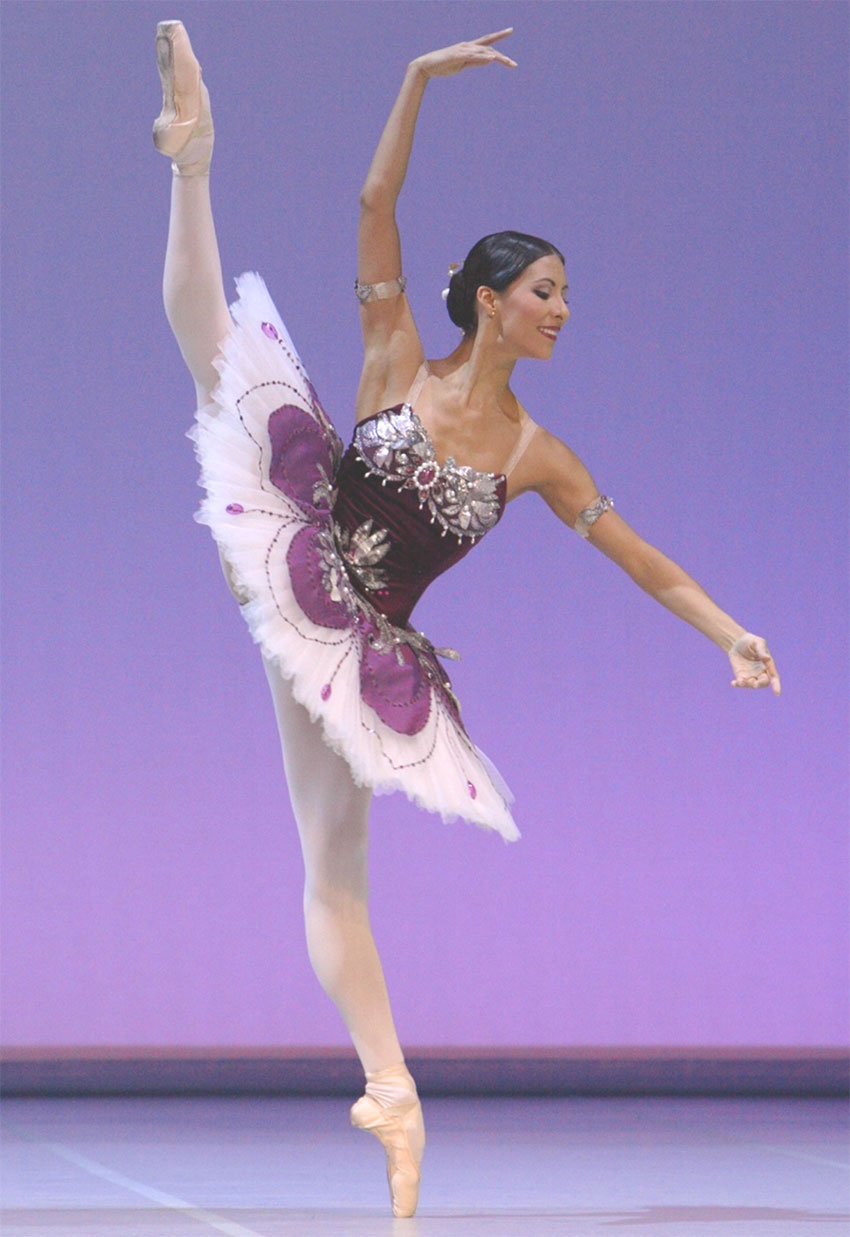Mexican dancer Elisa Carrillo joined the most exclusive club of dancers in the world yesterday when she received the Benois de la Danse prize, considered the Nobel Prize of dance.
The jury awarded the prize to Carrillo for her performance last year as Juliet in Prokofiev’s Romeo and Juliet, with choreography by John Cranko.
On a stage at the Bolshoi Theater in Moscow, Carrillo dedicated the prize to Mexico and thanked her family.
“I dedicate this prize to the Mexican people,” she said. “We’ll never stop fighting and working to achieve our dreams.”
Born in Texcoco in 1981, Carrillo showed talent in dance from a young age and was accepted into the English National Ballet School at 14. Since 2011, she has been the lead female dancer at the Berlin State Ballet.

Carrillo is the second Mexican dancer to be awarded the Benois, after Guadalajara-born Isaac Hernández won it last year. She is also the first Latin American woman to win.
She had previously been awarded the Soul of Dance prize and a top prize at the International Dance Festival in St. Petersburg.
According to El Financiero, Carrillo’s performances demonstrate solid classical technique as well as skill for theatrical interpretation.
“I love the roles where you have to act, not just show off the technical difficulty of the steps, but actually tell a story with the steps,” she told the newspaper in 2014.
Recently, Carrillo has been using her prominence to promote classical dance education in Mexico. Last year, she partnered with the government of her native state of México to create the Elisa Carrillo scholarship, a program to support promising young dancers from the state.
“There’s a lot of talent in Mexico, but unfortunately sometimes parents can’t support their children economically, or they can’t get information,” she said.
This year, she is organizing the second annual Danzatlán festival, which will bring top dance talents from across the world to Mexico City in July.
In an interview with the magazine Quién after winning the Benois prize, she said she is optimistic about the future of dance in Mexico.
“There are more and more people going to shows, more and more children taking classes,” she said. “I think that everything we’ve done in the past few years has helped people take another point of view and see dance as a way of living and enjoying life.”
Source: Quién (sp), El Financiero (sp), El País (sp), Edomex Informa (sp)
